
Chiesa di San Severo al Pendino, Naples
Naples, IT
Church of San Severo al Pendino is a 17th-century Mannerist church that now serves as a cultural venue.
Here you can search for a building to visit. You can use the map find destinations, or you can use the filters to search for a building based upon what different criteria.

Naples, IT
Church of San Severo al Pendino is a 17th-century Mannerist church that now serves as a cultural venue.
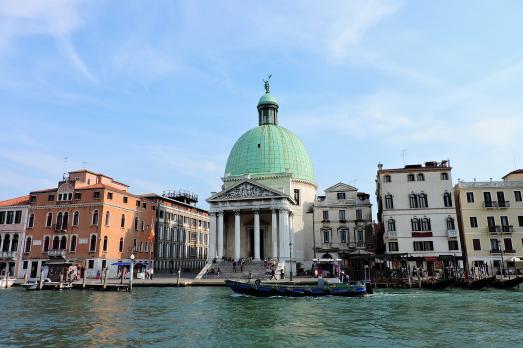
Venezia, IT
The church of San Simeon Piccolo, built in the 9th century, was rebuilt in its present form in the 18th century and consecrated on 27 April 1738. It was an independent parish until the end of the 19th century when it became a branch of the parish church of San Simeon the Great. In 2006 it was assigned to the Priestly Fraternity of St. Peter by Cardinal Scola. The portico was inspired by the Pantheon in Rome and its elegant dome by the church of Santa Maria della Salute in Longhena.

Pisa, IT
The San Sisto Church is an important church in the civic life of the city of Pisa in the Middle Ages. It was built in the eleventh century to celebrate the victories of the Republic of Pisa, hence its attribution to the former patron of the city, Sixte (Sisto).
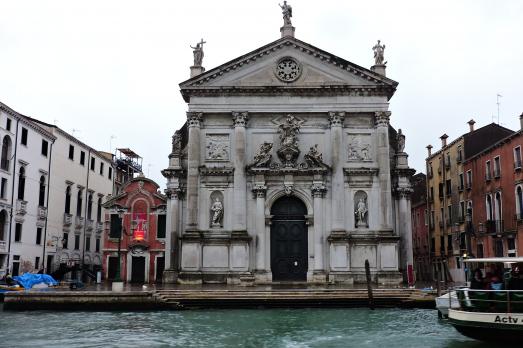
Venezia, IT
The church of San Stae is first mentioned in the 12th century, but some people date its origin to the 9th or 10th century. At the end of the 17th century, the church, although restored several times, fell into disrepair and in 1681 the procurators of the sacristy had to take the decision to rebuild it. The legacy of the doge Alvise II Mocenigo (1700-1709), who died in 1709 and is buried in the church, is linked to this decision. He left 20,000 ducats for the construction of the façade.
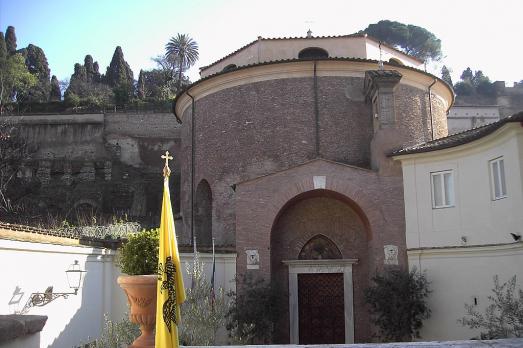
Roma, IT
The Church of St Theodore on the Palatine is an Orthodox place of worship built in the 6th century. The mosaic in the apse dates from the 6th century. Rebuilt under Pope Nicholas V (1447-1455), it was renovated two centuries later, in 1643, by Cardinal Francesco Barberini, and in 1703-05 under Pope Clement XI (1700-1721). It was then entrusted to the Society of the Sacred Heart of Jesus. Pope John Paul II granted the use of the church to the Ecumenical Patriarch of Constantinople and to the Greek Orthodox community in Rome.
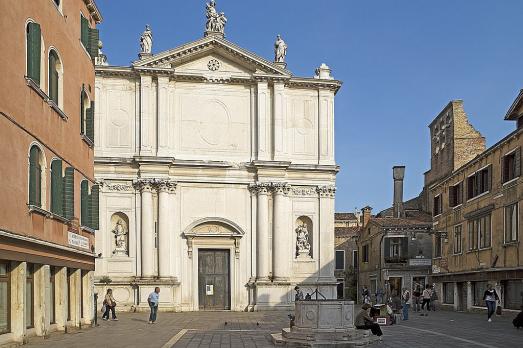
Venezia, IT
The church of San Tomà or San Tommaso was erected in 917, renovated at the end of the 14th century, enlarged in 1508 and embellished with a marble façade in the second half of the 17th century. At the beginning of the 18th century, the church was in danger of collapsing; work on the foundations began in 1742. The last restoration was completed in 1803. In 1837 it was given to the conventual fathers who moved to a small convent nearby, where they remained until 1867.

Alcamo, IT
The church of San Tommaso Apostolo was probably built by the ancestors of the Marcanza family around 1450 and is the only one of the pre-16th century churches in Alcamo that has remained intact. The roof was damaged by rain and was rebuilt in 1928 at the expense of the government and the municipality of Alcamo. Since 1984 it has been the headquarters of the Rotary Club of Alcamo.
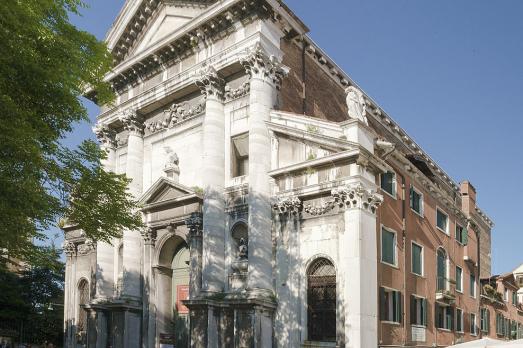
Venezia, IT
The church of San Vidal was founded in 1084 during the reign of Doge Vitale Falier (1084-1095/96). A new reconstruction of the church took place at the end of the 17th century with the intention of transforming the façade into a great monument to Francesco Morosini, doge from 1688 to 1694. The project was entrusted to Antonio Gaspari, who presented a series of designs freely inspired by the Roman church of Sant'Andrea al Quirinale. Finally, the heirs of Morosini abandoned the project and, following a change of patron, the new church was built by Andrea Tirali. The church is now closed to worship.

Modena, IT
The church of San Vincenzo is a baroque church built by the Theatine Order between 1634 and 1761 on top of an earlier 13th-century church. On 13 May 1944, a bomb destroyed the presbytery and the choir, destroying the apse and the frescoes of the dome (1671) by Sigismondo Caula. The high altar, restored after the bombing, was sculpted by Tommaso Loraghi.
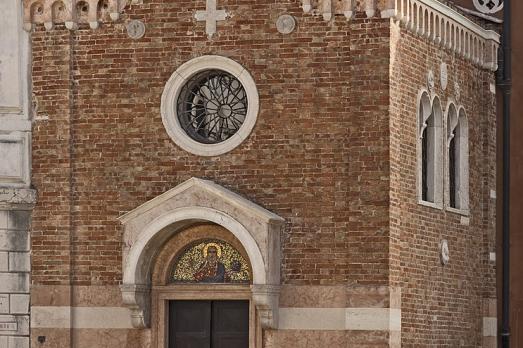
Venezia, IT
The church of San Vio was a 10th-century church. Closed in 1808, the church was demolished in 1813 and a small chapel was erected in its place on the old façade, now deconsecrated and used as a private house.

new
Nestled amidst the serene landscapes of the Harz region, lies a hidden gem for nature enthusiasts and history buffs alike - the Harz Monastery Hiking Trail. Lace up your hiking boots and embark on this captivating adventure that will transport you back in time.

The Holy Mile (Miglio Sacro) of Naples is a one-mile-long itinerary, through sacred places linked to the city's patron saint, San Gennaro, in the Rione Sanità district. Discover the city from a new perspective with this unique walking tour.

As a university city, cultural offerings abound in Tartu and will reach their peak after being designated one of three European Capitals of Culture for 2024. In this list, we've compiled the most interesting sacred places to visit in and around the old town.